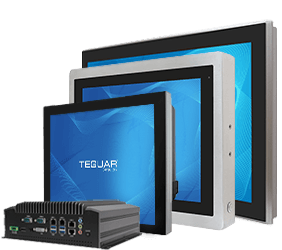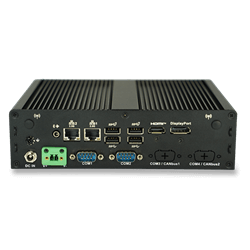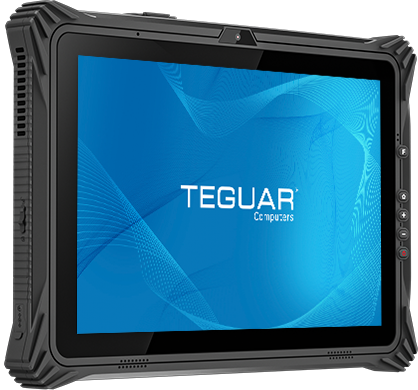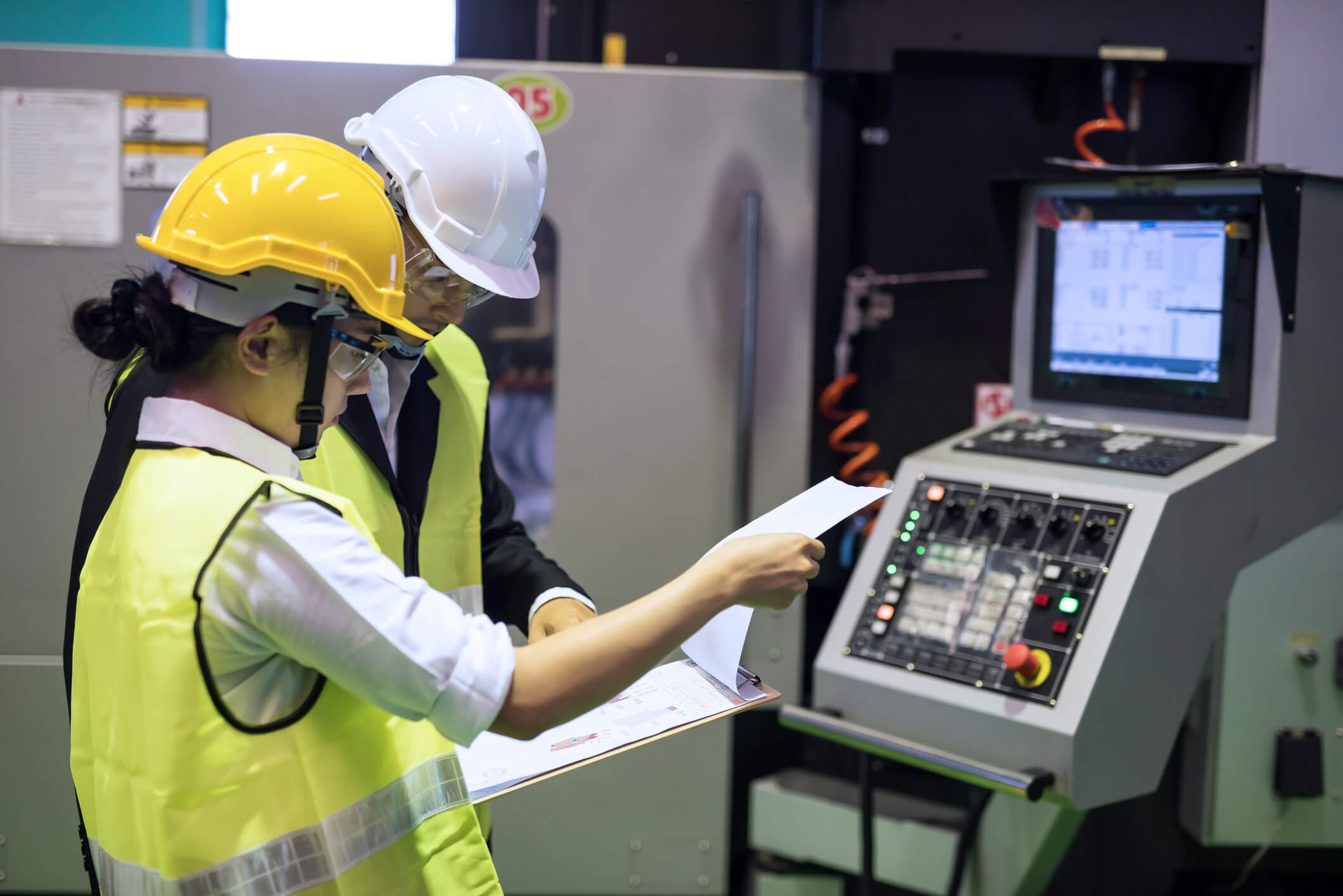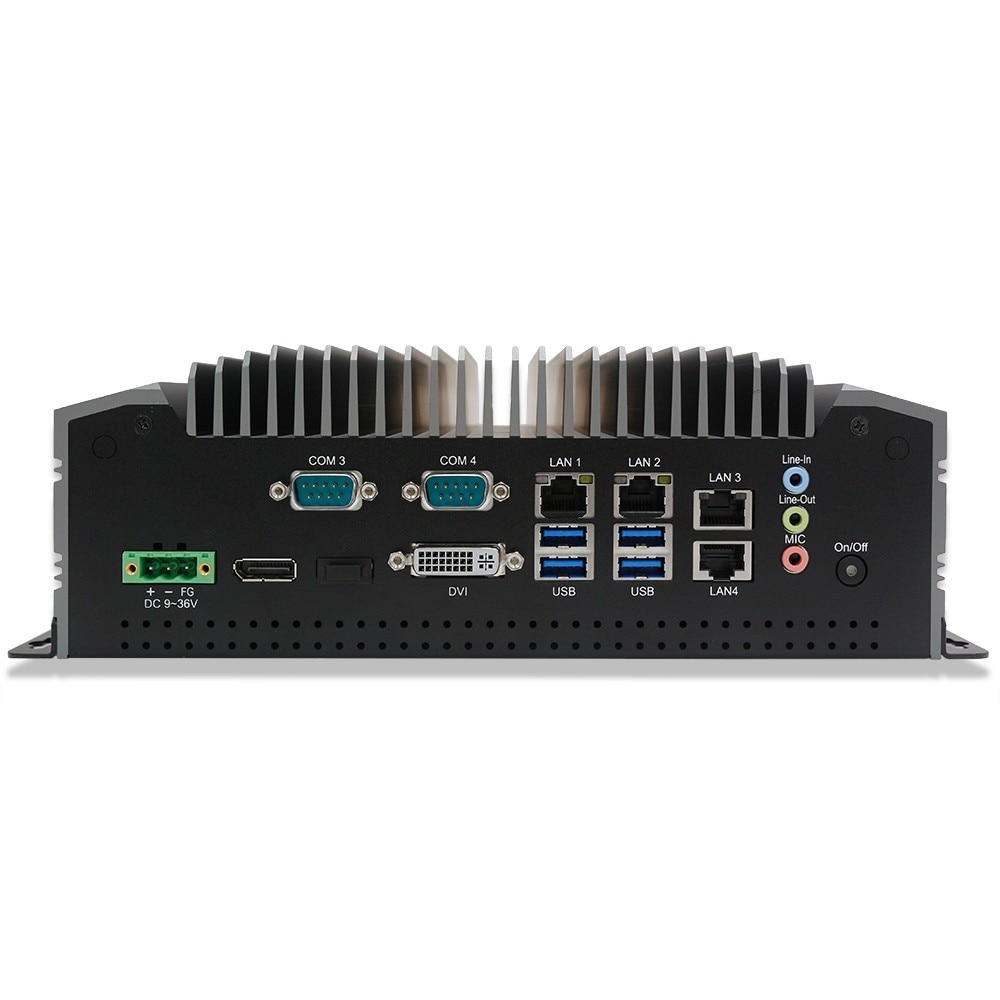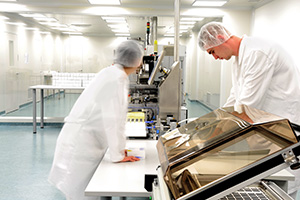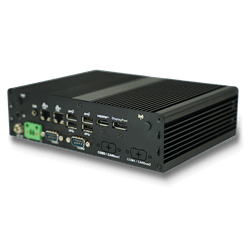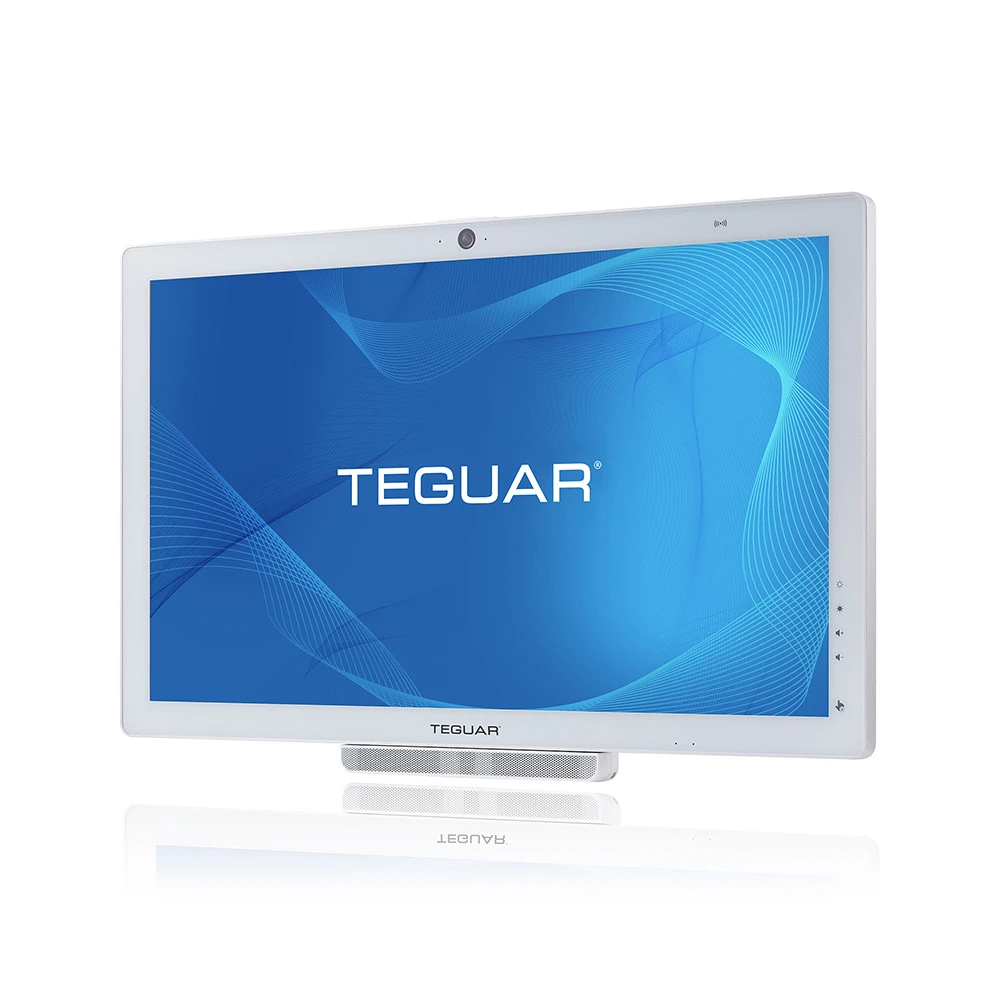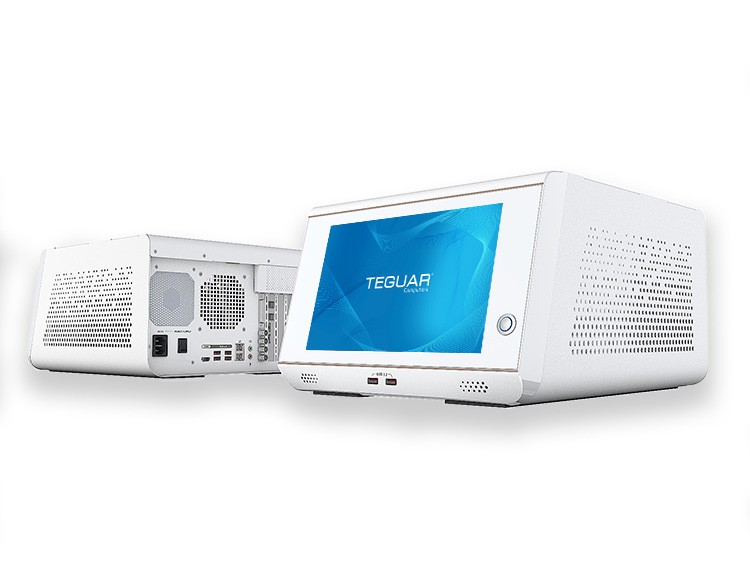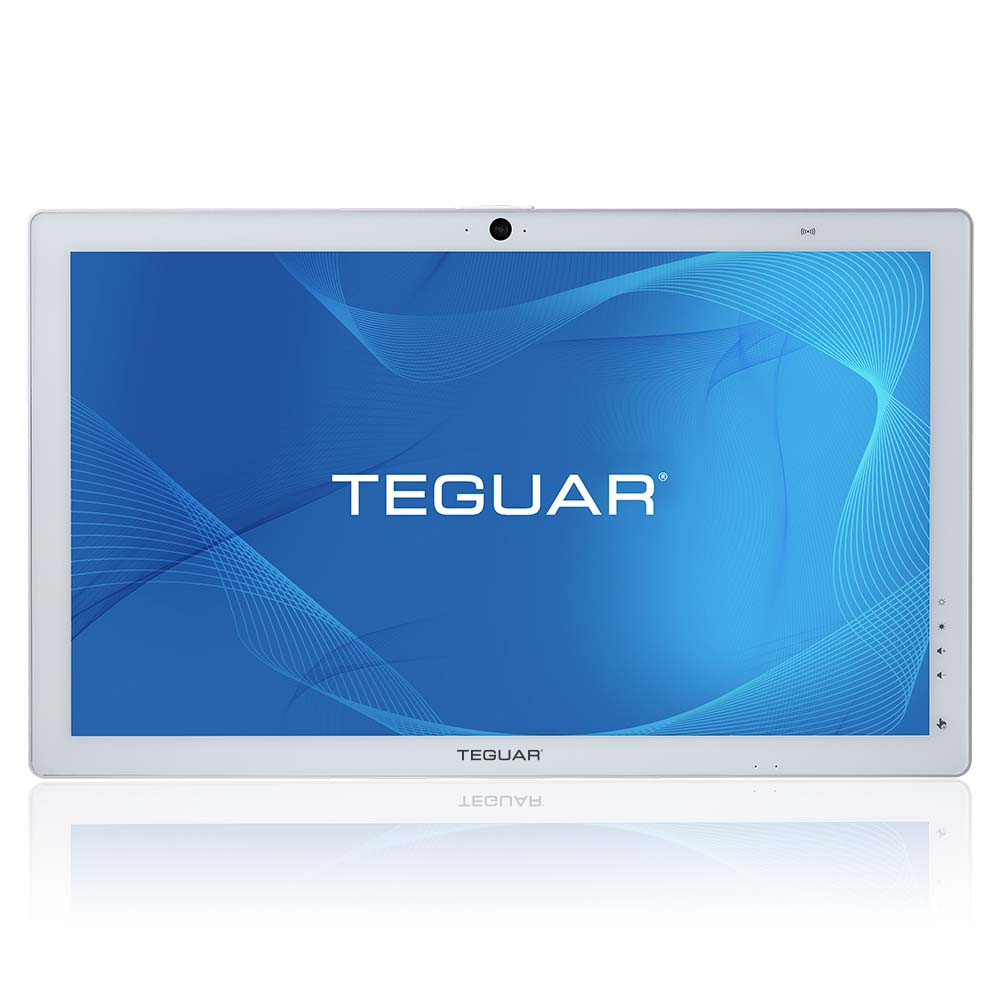Top Industrial and Medical Computer Technology Trends in 2018
 It’s that time of year when we take a look back at the tracks laid behind us before catching a breath for our next year-long stretch. There are many things of significance that happened at Teguar in 2018 such as record growth, lots of hires, and a new office in Taiwan. There were also industry trends of note, that we thought you might be interested to take a look at.
It’s that time of year when we take a look back at the tracks laid behind us before catching a breath for our next year-long stretch. There are many things of significance that happened at Teguar in 2018 such as record growth, lots of hires, and a new office in Taiwan. There were also industry trends of note, that we thought you might be interested to take a look at.
This information was gathered from an array of sources at Teguar, including the tech, product management, sales and marketing departments. So here are Teguar’s top trends or at least most noticed trends of 2018 in no particular order.
1. Cutting the Cords
Whether it’s the request for less cords through power-over-ethernet (PoE), long-life battery powered medical computers, or increasing wireless connectivity options; people do not want to be tied down. Teguar has seen an increase in technology which enables fewer or no cords including all types of wireless connectivity options being deployed. The fewer cords, the better.
2. Increased Demand for Tablets
There has been a significant gain in requests for rugged tablets and medically certified tablet PCs. Computing on location, in any location is a demand we think will keep growing.
3. Windows 10 is the Favorite OS
The majority (80%) of customers finally want Windows 10 instead of Windows 7. Last year 60% of our customers wanted Windows 7 installed on computers and that has decreased significantly to only 20% in 2018.
4. Projected Capacitive Multi-Touch Screen
P-Cap use is more popular in the Medical Field. More and more medical software is requiring interfaces for medical equipment with multi-touch screen interfaces. Software developers are learning how to better use touch screen sensitivity, so the dexterity of the human hand can more closely meet the ability of machinery in surgeries and imaging tasks.
5. Security Concerns
Beginning with Spectre and Meltdown at the dawn of the year, security continues to be a concern with increasing digital adoption. More buyers are demanding TPM 2.0, and considering physical access security issues, not just software.
6. USB 3.0
In the industrial and medical fields, adoption of new technologies is slower than in the public sector and other fields, as industrial and medical IT decision makers prefer to purchase proven technologies rather than new technologies for their businesses and organizations. USB 3.0 is now accepted a not only a proven technology, but a necessary one to facilitate faster information transfer speeds. USB 3.0 has moved from novelty to common requirement in our sector.
7. Fanless Box Computers Range Increasing
This is largely due to the IIoT (Industrial Internet of things) where embedded PCs are collecting information from field sensors, processing HMI information, or connecting to tablets on site where crucial system decisions can be deployed. These industrial box PCs are increasingly hidden in all types of places.
Previous Article
Improving Quality Outcomes Through Medically Certified Computer Hardware

